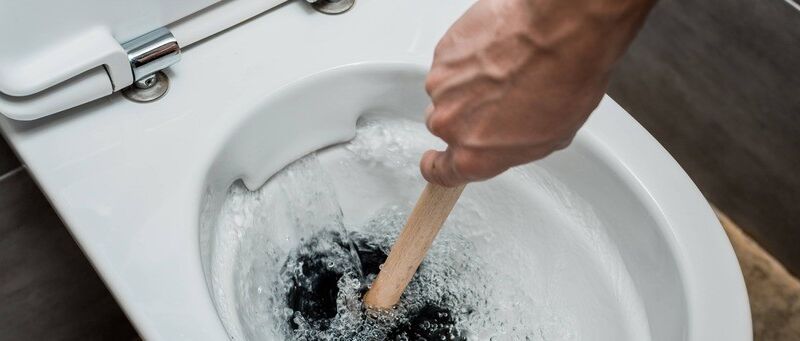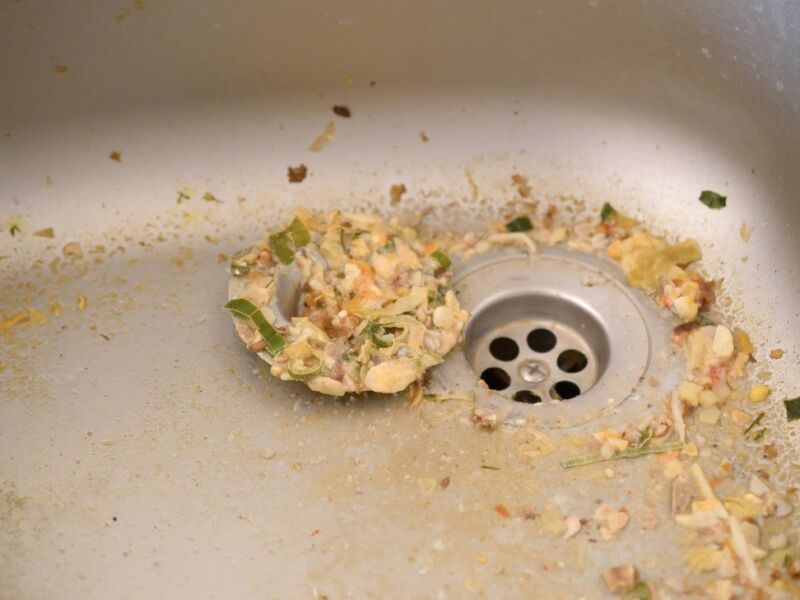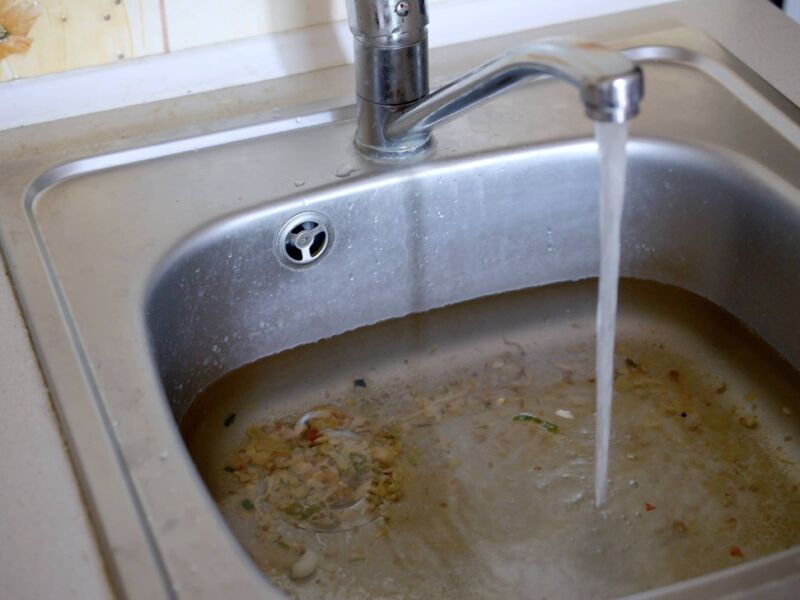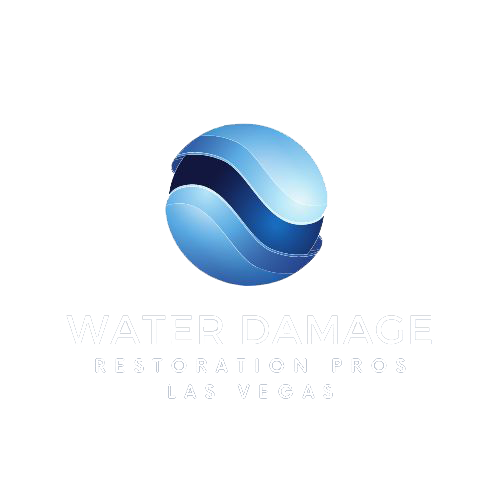
Toilet Backup: How to Handle the Mess and Prevent Future Incidents
A toilet backup can be a messy and unpleasant situation to deal with. Not only does it cause inconvenience, but it can also lead to potential health hazards if not handled properly. In this comprehensive guide, we will discuss the causes of toilet backup, how to handle the mess, and preventive measures to avoid future incidents.
Causes of Toilet Backup

There are several reasons why a toilet may experience a backup. Some of the common causes include:
- Clogged sewer line: A clog in the main sewer line can cause wastewater to back up into toilets and other plumbing fixtures.
- Flushing inappropriate items: Flushing items such as sanitary products, wipes, or excessive toilet paper can lead to clogs and backups.
- Tree root intrusion: Tree roots can infiltrate sewer pipes, causing blockages and backups.
- Septic system issues: If you have a septic system, problems with the tank or drain field can result in toilet backups.
Handling Toilet Backup
When faced with a toilet backup, it’s important to take immediate action to prevent further damage and ensure the safety of your family. Here are the steps to handle the mess:
- Stop using the toilet: Avoid flushing or using the toilet until the issue is resolved to prevent further backup.
- Protect yourself: Put on disposable gloves, goggles, and a mask to protect yourself from contact with raw sewage.
- Contain the mess: Use towels or absorbent materials to soak up any overflow and prevent it from spreading.
- Call a professional: Contact a professional plumbing service, such as Water Damage Restoration Pros of Las Vegas at 725-210-8500, to assess and resolve the issue.
- Clean and disinfect: After the problem is resolved, thoroughly clean and disinfect the affected area using appropriate cleaning agents.

Preventing Future Incidents
While toilet backups can be unexpected, there are preventive measures you can take to reduce the risk of future incidents:
- Avoid flushing inappropriate items: Only flush toilet paper and human waste down the toilet. Dispose of other items, such as wipes or feminine hygiene products, in the trash.
- Regular maintenance: Schedule regular inspections of your plumbing system, including the sewer lines, septic tank (if applicable), and drains, to identify and address any issues before they become major problems.
- Proper tree planting: If you have trees on your property, ensure they are planted at a safe distance from sewer lines to prevent root intrusion.
- Install a backflow prevention device: Consider installing a backflow prevention device in your plumbing system to prevent wastewater from flowing back into your toilets and other fixtures.
Important Facts and Statistics
Here are some important facts and statistics about toilet backup and sewage-related issues:
- According to the Wastewater and Sewage Industry statistics, wastewater treatment is a crucial process in ensuring public health and environmental safety.
- Sewage backup in foodservice facilities can pose significant health risks and impact the operation of the facility, as highlighted in a Public Health Information Brief report.
- Prompt action is necessary when dealing with toilet backups to minimize health hazards and prevent further damage, as highlighted in an article on Forbes.
Frequently Asked Questions
Q: What should I do if my toilet backs up?
Q: How can I prevent toilet backups?
Dealing with a toilet backup can be overwhelming, but by following the proper steps and taking preventive measures, you can handle the mess and reduce the risk of future incidents. If you need professional assistance with toilet backup remediation or emergency sewage cleanup, contact Water Damage Restoration Pros of Las Vegas at waterdamagerestorationproslasvegas.com/spring-valley-nv.


